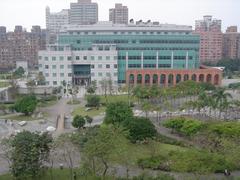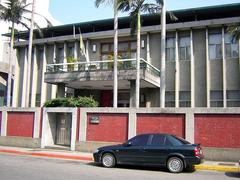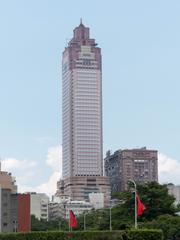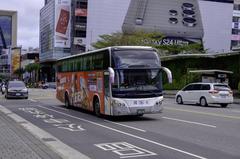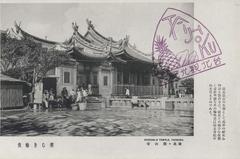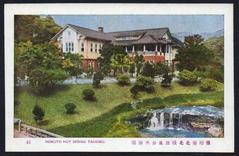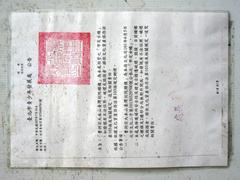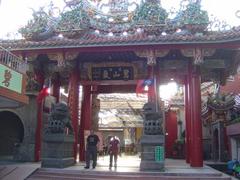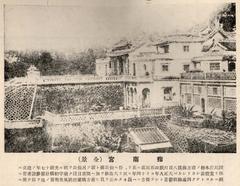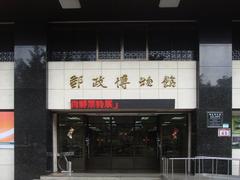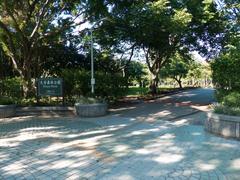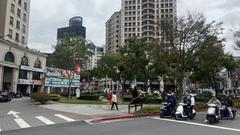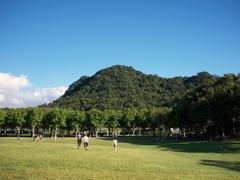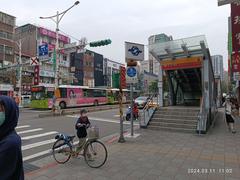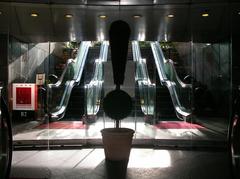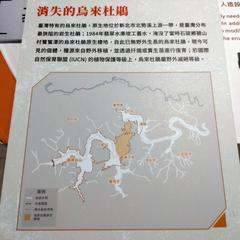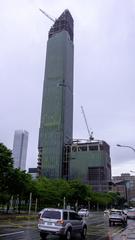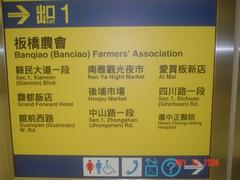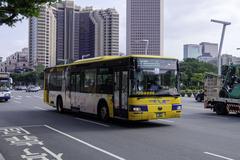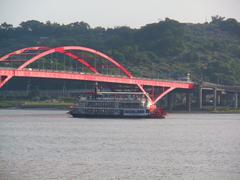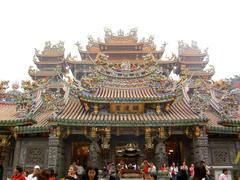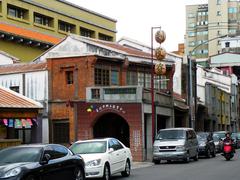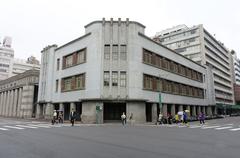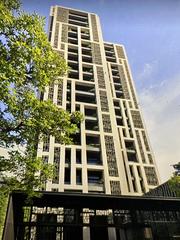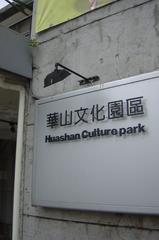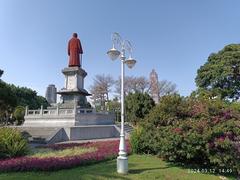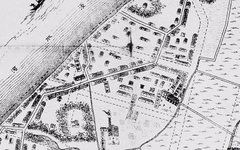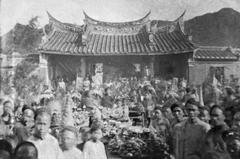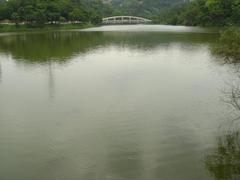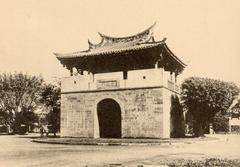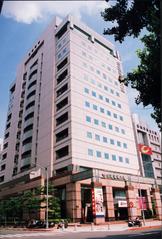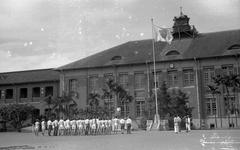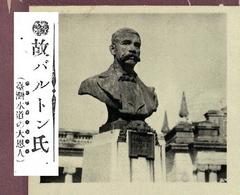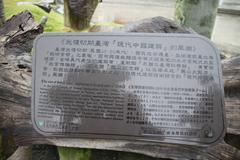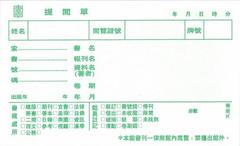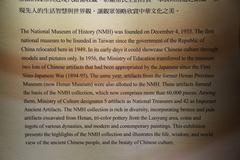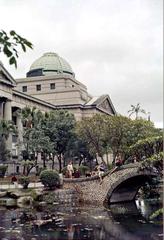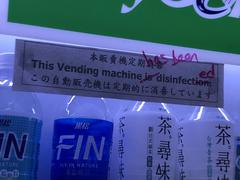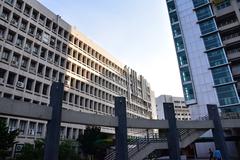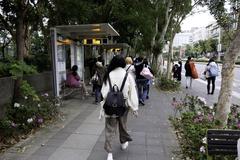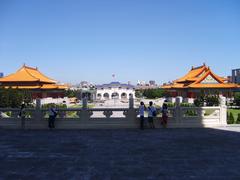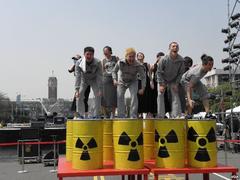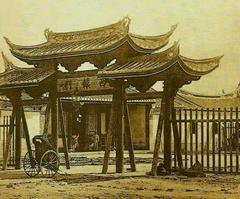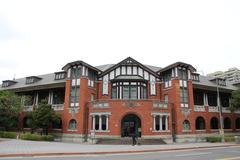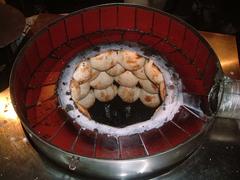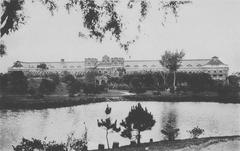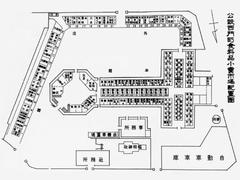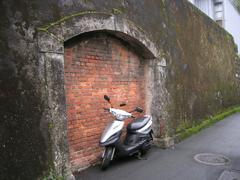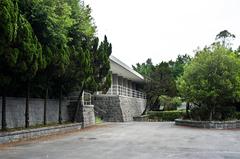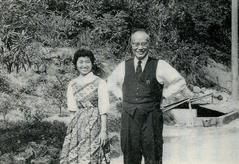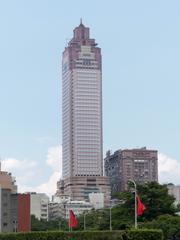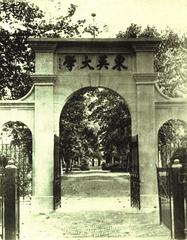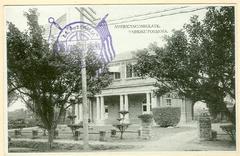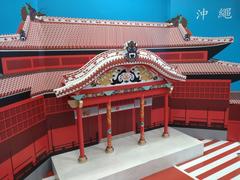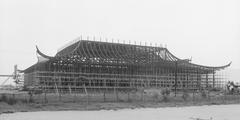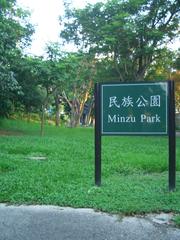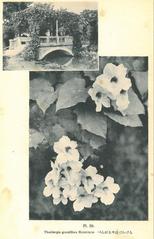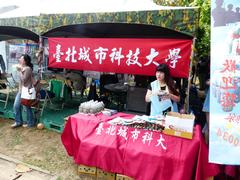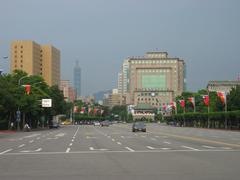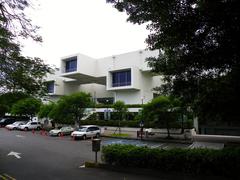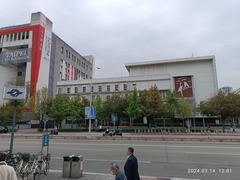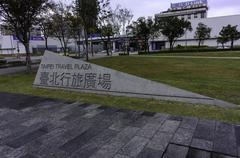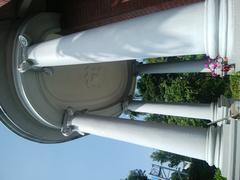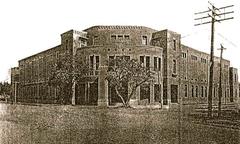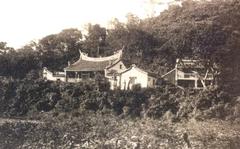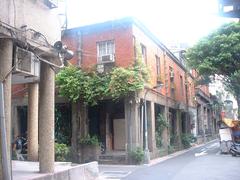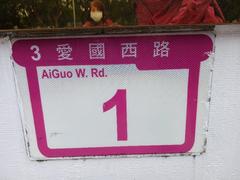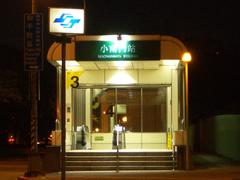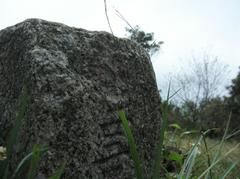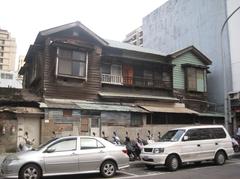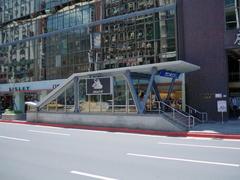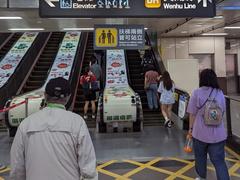
Beitou Refuse Incineration Plant Taipei: Visiting Hours, Tickets, and Visitor Guide
Date: 04/07/2025
Introduction
The Beitou Refuse Incineration Plant stands as a symbol of Taipei’s pioneering approach to sustainable urban waste management, environmental technology, and community integration. Located in Beitou District, this facility is not only crucial for handling Taipei’s municipal waste but also serves as an architectural and cultural landmark. Its unique features—such as a 116-meter observation tower with panoramic city views, the world’s first revolving restaurant atop an incinerator chimney powered by the plant’s own energy, and thoughtfully designed public amenities—reflect Taipei’s commitment to blending ecological responsibility with community well-being.
Established in 1991 and renamed in 1995 to reflect its environmental mission, the plant has evolved into a cutting-edge waste-to-energy facility that processes up to 2,400 tons of waste daily while generating renewable electricity for the city (Wikiwand; Lancheng Energy). Advanced emissions control systems ensure compliance with strict environmental standards, protecting local air and water quality (Taipei DEP). Beyond these technical achievements, the plant fosters community engagement through educational tours, environmental workshops, and recreational facilities like a swimming pool heated by recovered energy (English DEP Taipei).
This guide covers everything you need to plan your visit—including hours, ticketing, accessibility, nearby attractions, and how to make the most of your experience at this unique Taipei landmark.
Contents
- Introduction
- Visiting Information
- Visiting Hours and Tickets
- Accessibility
- How to Get There
- Nearby Attractions
- Special Events and Photographic Spots
- History and Cultural Significance
- Facility Layout and Structural Design
- Technology and Environmental Safeguards
- Observation Tower and Visitor Experience
- Community Engagement and Environmental Impact
- Frequently Asked Questions (FAQ)
- Conclusion
- Sources and Further Reading
Visiting Information
Visiting Hours and Tickets
- Observation Deck & Public Areas: Open Tuesday to Sunday, 9:00 AM – 5:00 PM. Closed Mondays and public holidays.
- Revolving Restaurant: Open for lunch and dinner; reservations are recommended, especially on weekends and holidays.
- Admission: Free for both the observation deck and public spaces. Guided tours require advance booking via the official Taipei City Government Environmental Protection Department website.
Accessibility
- The plant is fully wheelchair accessible, with elevators and ramps connecting all public areas, including the observation deck and restaurant.
- Accessible restrooms and multilingual signage are provided.
- Staff assistance is available for visitors with special needs upon request.
How to Get There
- By Metro: Take the Taipei Metro to Shipai Station (or Xinbeitou Station) and walk, or take a local bus/taxi for a short ride to the plant.
- By Bus: Multiple bus routes serve the Beitou District and stop near the plant.
- By Car: On-site parking is available.
Nearby Attractions
- Beitou Hot Spring Museum
- Thermal Valley
- Beitou Public Library
- Zhoumei Sport Park (adjacent to the plant, featuring a swimming pool, gymnasium, tennis and basketball courts, and a central garden)
Special Events and Photographic Spots
- The 116-meter observation tower offers panoramic city views, ideal for photography.
- Environmental awareness events, educational workshops, and community activities are held throughout the year.
History and Cultural Significance
Origins and Development
Launched as the Shilin Refuse Incineration Plant in 1991 and later renamed, the facility was built to address the growing waste management challenges posed by Taipei’s rapid urbanization (Wikiwand). Covering over 10 hectares, it marked Taiwan’s shift from landfill dependence to advanced incineration as part of a broader national strategy for sustainable waste handling (SGS Taiwan).
Cultural Impact
Initially met with community concern, the plant became a catalyst for environmental activism and public dialogue. The city responded with improved amenities and transparent governance, transforming the facility into a showcase of sustainable urban living (ebrary.net).
Architectural Landmark
The smokestack’s observation deck and the world’s first revolving restaurant atop an incinerator chimney are internationally recognized, symbolizing the integration of industrial infrastructure with public leisure and education (Kipatauw Art; Wikiwand).
Facility Layout and Structural Design
- Main Building: Reinforced concrete and steel, housing waste reception, incineration halls, energy recovery, emissions treatment, and visitor facilities.
- Observation Tower: Structurally separate for safety, featuring glass-enclosed 360-degree deck.
- Public Zones: Reception area, administrative offices, restrooms, and accessible walkways.
- Community Amenities: Adjacent sport park and heated swimming pool open to local residents.
Technology and Environmental Safeguards
Incineration and Waste Processing
- Four moving grate incinerators process up to 2,400 tons of municipal solid waste per day (Lancheng Energy).
- Computerized controls ensure optimal combustion at temperatures above 850°C, reducing harmful byproducts.
Energy Recovery
- Steam generated from incineration drives turbines, producing up to 75 MW/h of electricity.
- Excess heat powers the local swimming pool and supports district heating.
Emissions Control
- Advanced systems include electrostatic precipitators, baghouse filters, scrubbers, and catalytic reduction units.
- Continuous emissions monitoring ensures compliance with Taiwan’s stringent standards (Taipei DEP; SGS Taiwan).
Observation Tower and Visitor Experience
Observation Deck
- 116 meters high, offering panoramic views of Taipei, Yangmingshan, the Keelung River, and more.
- Glass-enclosed and accessible by high-speed and transparent elevators.
- Ideal for sightseeing and photography.
Revolving Restaurant
- The world’s first atop an incinerator chimney, seating 120 guests.
- Powered by the plant’s own energy; open for lunch and dinner.
- Retro décor and city vistas; reservations are recommended (Wikipedia).
Guided Tours and Educational Programs
- Available by appointment; guides explain the waste-to-energy process, emissions controls, and sustainability practices.
- Interactive elements include viewing the control room and observing waste handling machinery (kueishan.wixsite.com).
Facilities and Amenities
- Reception area, restrooms, vending machines, and seating.
- Adjacent recreational park and swimming pool heated by recovered energy.
- Multilingual signage and staff support.
Community Engagement and Environmental Impact
Waste Management and Circular Economy
- The plant supports Taipei’s “Zero Landfill, Total Recycling” target, turning waste into energy and materials for reuse (Taipei DEP).
- Fly ash is processed and used in cement production; food waste is composted for local agriculture.
Environmental Monitoring
- Continuous air and water quality checks, with data published for public transparency.
- Resident oversight and local commissions foster trust and accountability.
Community Programs
- Educational tours, workshops, volunteer opportunities, and environmental campaigns encourage citizen participation and environmental stewardship (English DEP Taipei).
Frequently Asked Questions (FAQ)
Q: What are the visiting hours?
A: Tuesday to Sunday, 9:00 AM – 5:00 PM for observation deck and public areas. Closed Mondays and public holidays.
Q: Is there an entrance fee?
A: Admission is free; guided tours require advance booking.
Q: How do I book a guided tour or restaurant reservation?
A: Visit the official Taipei DEP website for tour registration and restaurant details.
Q: Is the facility accessible for people with disabilities?
A: Yes, elevators, ramps, and accessible restrooms are provided.
Q: Can I photograph inside?
A: Yes, in public areas and on the observation deck; operational zones may have restrictions.
Conclusion
The Beitou Refuse Incineration Plant exemplifies Taipei’s innovative integration of waste management, renewable energy, and public engagement. Its observation tower, rotating restaurant, and educational programs make it a compelling destination for travelers, students, and anyone interested in sustainable city living. With free admission, excellent public facilities, and a strong commitment to environmental transparency and community benefit, the plant stands as a testament to Taipei’s forward-thinking urban vision.
Plan your visit today:
- Check the latest visiting hours and book guided tours or restaurant reservations on the official Taipei City Government tourism page.
- Download the Audiala app for updates, travel tips, and exclusive insights into Taipei’s environmental landmarks.
Sources and Further Reading
- Beitou Refuse Incineration Plant, Wikiwand
- Taipei Beitou Waste Incineration Plant, Lancheng Energy
- Department of Environmental Protection, Taipei City Government
- Environmental Management and Community Engagement, Taipei DEP
- Beitou Refuse Incineration Plant Visitor Information, Taipei Travel
- Environmental Sustainability and Community Initiatives, English DEP Taipei
Visuals and Multimedia Suggestions:
- Use high-quality images of the observation tower, panoramic deck views, rotating restaurant, and environmental control systems, with alt text such as “Beitou Refuse Incineration Plant visiting hours” and “Taipei waste-to-energy incinerator.”
- Embed an interactive map showing the plant’s location, surrounding attractions, and Metro access points.
Internal Links Suggestions:



